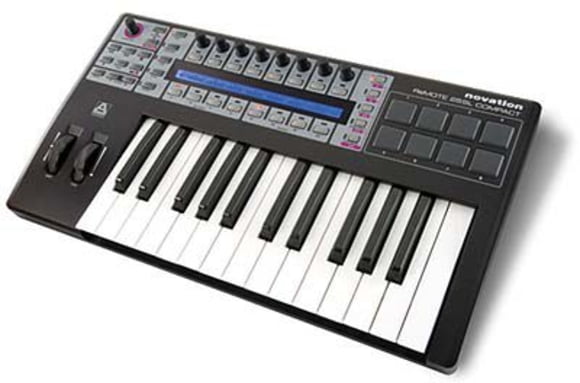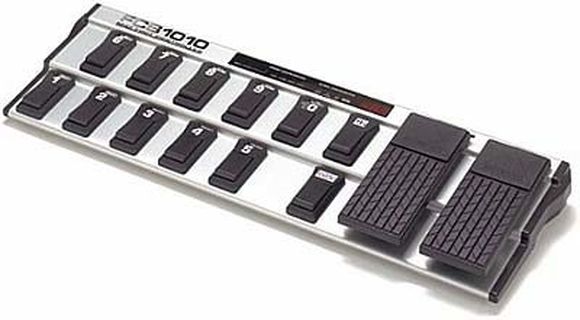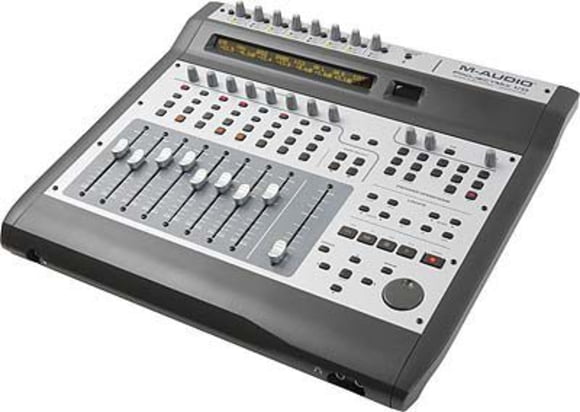4. MIDI Control
The biggest criticism levelled at software instruments is usually how difficult they are to control with just a mouse. Hardware synths generally offer all sorts of knobs, wheels and sliders that make for a highly tactile and interactive programming experience. The computer may give you a beautiful visual interface, but you need to move beyond the mouse in order to really take control of it, and this is where MIDI controllers come in. The parameters within a software synth can be controlled via MIDI in just the same way as a hardware synth, so if you were to build a piece of hardware that had all the knobs and sliders you could wish for, and have that send MIDI to the computer, youd be in business, and in fact thats exactly what we now have, from straightforward boxes of knobs, to the motorised faders of MIDI mixers.

Novation Remote 25 SL Compact
There are also MIDI drum pads, foot controllers, pedal boards, multi-touch-screens, wind controllers, movement detectors, and even a Nintendo Wii MIDI converter, all of which can pump your computer full of MIDI data that can be applied to any software parameter, or if youre using hardware, routed out to any of your sound modules.

Behringer FCB 1010 MIDI-Footcontroller
Most MIDI controller keyboards seem to come bristling with knobs, sliders and more these days, which has really improved our access to software synths, and has enabled computer musicians to go far beyond point-and-click.

M-Audio ProjectMix I/O DAW-Controller
The importance of the MIDI interface then, is that it can move you creatively outside and beyond the computer. It allows you to control software as if it was an instrument rather than a program, and lets you connect to the quality of dedicated hardware synths.





